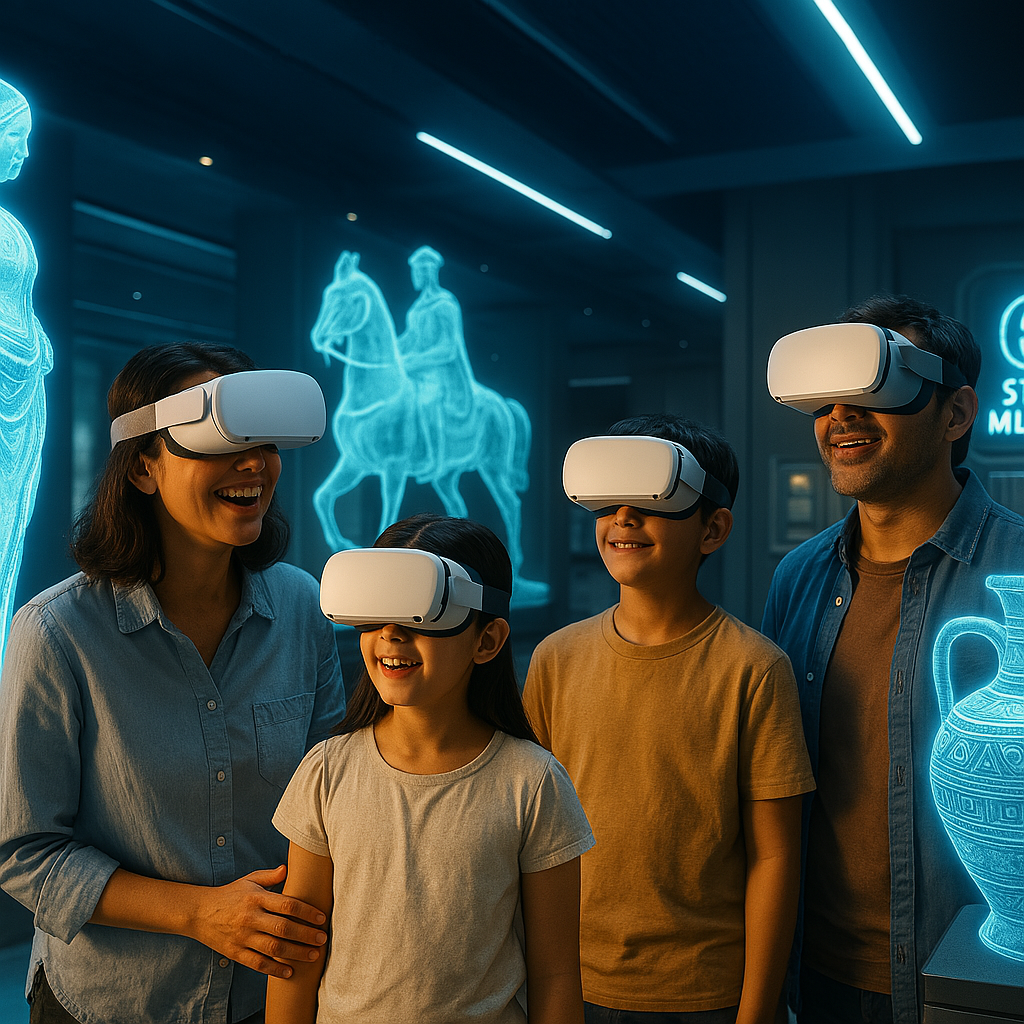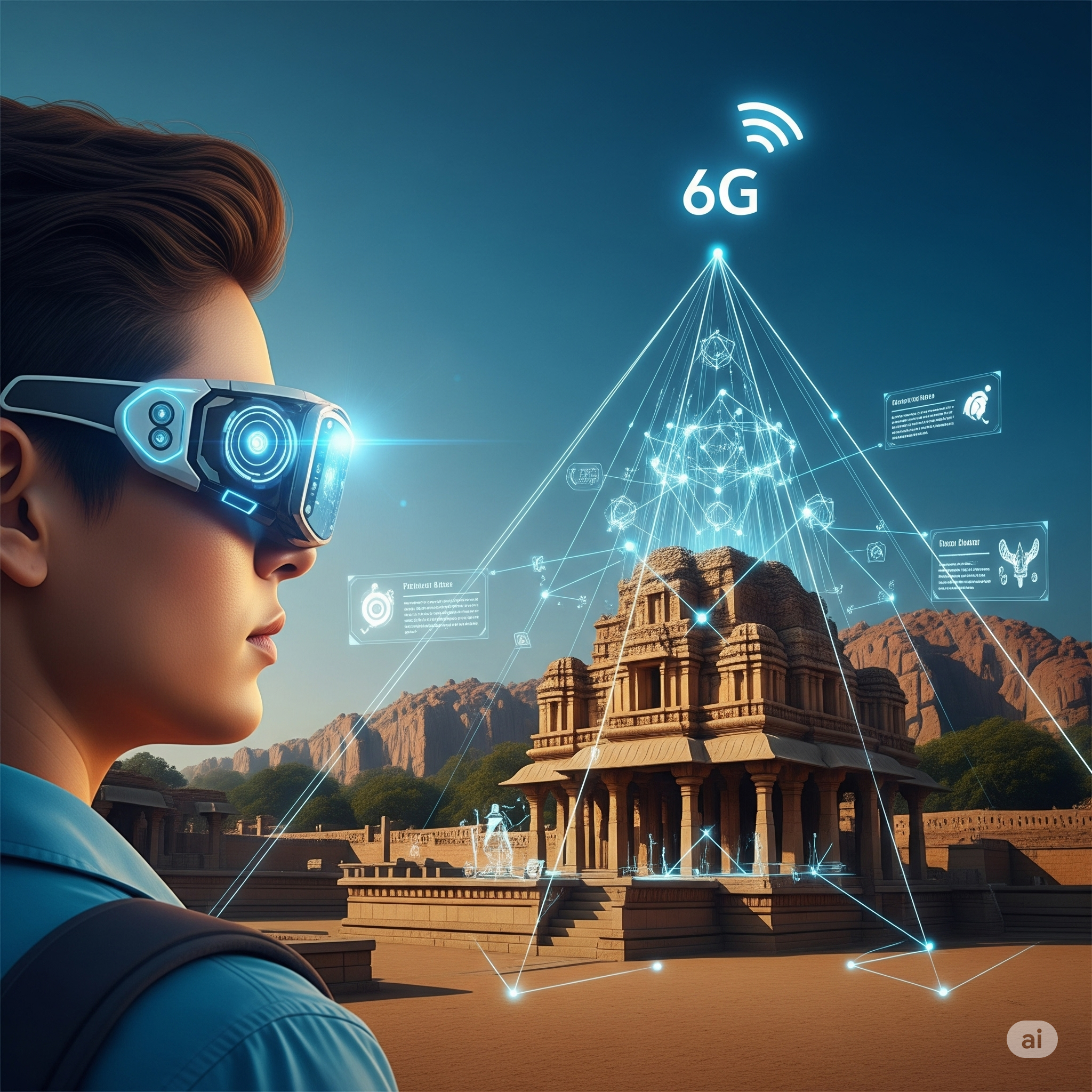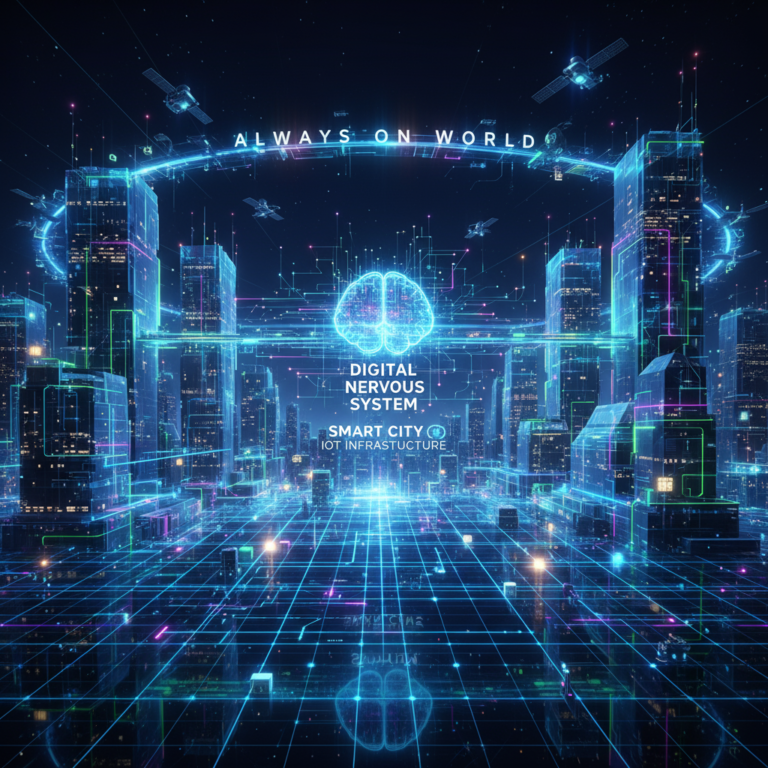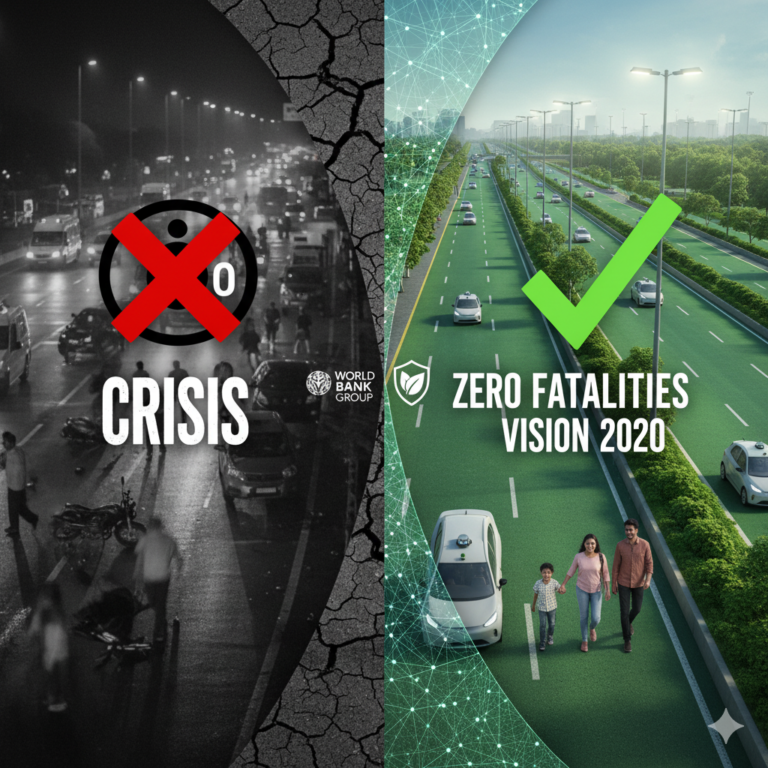In-shorts:
- 6G networks are expected to revolutionize cultural tourism through ultra-fast, low-latency, and immersive technologies.
- Smart tourism will incorporate extended reality (XR), holography, AI, and digital twins to enhance visitor engagement.
- Digital storytelling and hyper-personalization will redefine how people interact with heritage.
- Remote tourism experiences will become lifelike, enabling global accessibility to cultural treasures.
- Governments, technologists, and heritage stakeholders must collaborate for ethical and inclusive implementation.
Introduction
Tourism has long been a bridge between civilizations, allowing people to explore, understand, and celebrate cultures beyond their own. As we advance towards a hyper-connected world, technological innovation is reshaping the way cultural experiences are delivered. The upcoming 6G technology—expected to arrive by the 2030s—promises to redefine the concept of “smart cultural tourism,” blending the digital with the physical in ways never before imagined.
In this article, we explore how 6G will enable immersive, intelligent, and accessible cultural tourism experiences, enhancing both the tourism industry and global heritage conservation.
Understanding 6G: Beyond Connectivity
What Is 6G?
6G is the sixth generation of wireless communication, expected to deliver speeds up to 100 times faster than 5G, ultra-low latency (below 1 millisecond), and advanced AI integration.
Key Features Relevant to Tourism:
- Terahertz frequencies for lightning-fast data transfers.
- Massive machine-type communications (mMTC) for Internet of Things (IoT) connectivity.
- AI-native networks for self-optimization and personalization.
- Advanced XR and holography support.
6G will act as the backbone of a fully immersive and interactive tourism ecosystem.
The Concept of Smart Cultural Tourism
What is Smart Tourism?
Smart tourism integrates information and communication technologies (ICTs) with tourism services to improve operational efficiency, enhance visitor experiences, and promote sustainability.
Smart Cultural Tourism
When focused on cultural assets—such as heritage sites, museums, traditions, and events—smart tourism becomes a vehicle for preserving and promoting culture in innovative ways.
Key Objectives:
- Preservation of cultural identity.
- Enhanced storytelling using tech tools.
- Increased accessibility and inclusivity.
How 6G Enables the Next Phase of Cultural Tourism
1. Extended Reality (XR) at Unprecedented Scale
6G will eliminate latency and bandwidth limitations currently faced by AR/VR applications. This opens doors for:
- Full-sensory virtual museum tours.
- AR overlays at historical sites providing real-time reconstructions.
- Live, guided virtual pilgrimages.
Case Example: Imagine visiting the Ajanta Caves with a smart headset that renders life-like, color-correct, 3D visuals of ancient Buddhist murals as they originally appeared centuries ago.
2. Digital Twins of Heritage Sites
A digital twin is a real-time digital replica of a physical entity. For cultural heritage:
- Offers real-time condition monitoring.
- Enables predictive conservation techniques.
- Provides immersive virtual visits without endangering fragile sites.
Example: The Taj Mahal could have a digital twin offering virtual visits, while real-time data ensures its preservation against pollution or crowd impact.
3. AI-Powered Personalization
AI engines on 6G networks will learn tourist preferences in real time and deliver:
- Custom cultural routes.
- Language-specific content.
- Recommendations based on interest (architecture, mythology, cuisine, etc.)
This creates a personalized cultural immersion journey.
4. Holographic Telepresence and Performances

6G will allow for high-fidelity holographic streaming. This means:
- Cultural ambassadors or artists could “appear” anywhere in 3D.
- Historical re-enactments and traditional performances can be experienced globally.
Example: Holographic Kathakali dance shows can be broadcast to global audiences during festivals in Kerala.
5. Smart Heritage Cities and Infrastructure
Smart infrastructure will be enhanced with:
- Intelligent signage in multiple languages.
- Dynamic crowd control systems.
- Eco-friendly transit suggestions.
These reduce tourist footprint while boosting satisfaction and local engagement.
6. Global Remote Access to Culture
6G will democratize cultural experiences:
- People with mobility or financial limitations can experience UNESCO sites.
- School children in remote areas can take digital field trips to world museums.
- Elderly populations can relive nostalgic places virtually.
This inclusivity is vital for cultural diplomacy and education.
Implications for Stakeholders
Governments
- Must invest in digital infrastructure around cultural zones.
- Require policy frameworks to protect data, privacy, and IP.
Cultural Institutions
- Need capacity-building to manage and create digital content.
- Should collaborate with tech firms for XR and AI integration.
Tech Developers
- Must consider ethical AI, accessibility, and cultural sensitivities.
- Develop language models suited for diverse linguistic contexts.
Local Communities
- Must be involved to ensure that traditions are represented authentically.
- Can benefit economically from decentralized digital tourism models.
Challenges and Ethical Considerations
Data Sovereignty and Privacy
How will tourist data be used, stored, and protected, especially across borders?
Cultural Appropriation vs. Cultural Promotion
Digitizing culture must respect local sensibilities and not commercialize heritage inappropriately.
Technological Exclusion
Bridging the digital divide is crucial to ensure no region is left behind in this revolution.
The Road Ahead: 2025 and Beyond
By 2030, we could see fully operational 6G networks powering:
- Immersive heritage parks.
- AI-guided, multilingual city tours.
- Real-time collaborative archaeological excavations via XR.
Smart tourism will no longer be a niche; it will become the global standard for heritage engagement.
Conclusion
Smart cultural tourism backed by 6G technologies offers an extraordinary opportunity to reimagine how we engage with the world’s heritage. From digital twins of iconic landmarks to AI-powered, personalized narratives, the fusion of culture and advanced connectivity can enrich both the travel experience and our understanding of human civilization. However, this transformation must be inclusive, ethical, and grounded in collaboration between cultural custodians and technology providers.
As we stand on the brink of the 6G era, we are not just building faster networks—we’re creating a digital bridge to the soul of humanity’s past.









+ There are no comments
Add yours